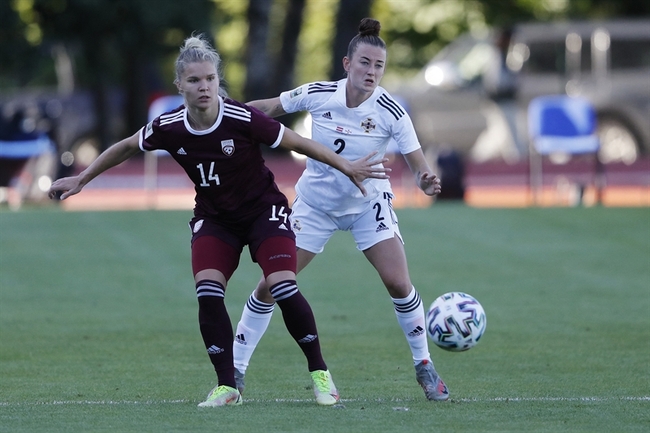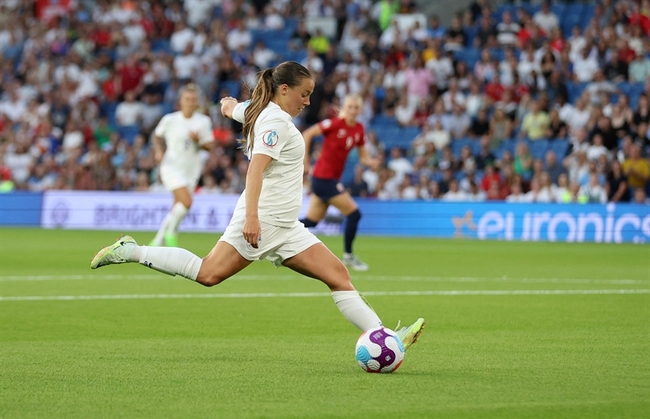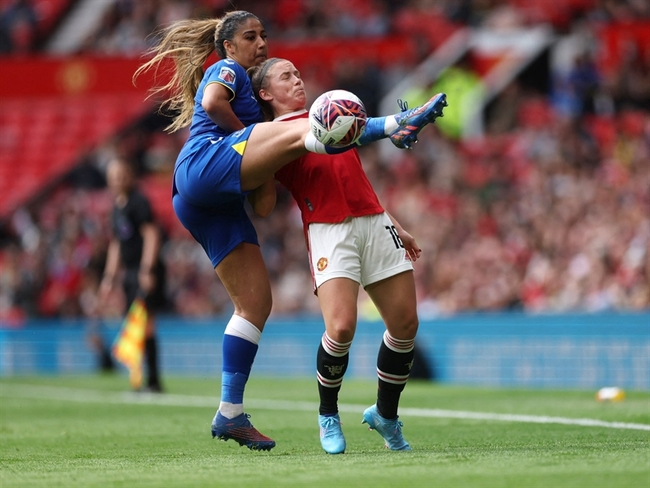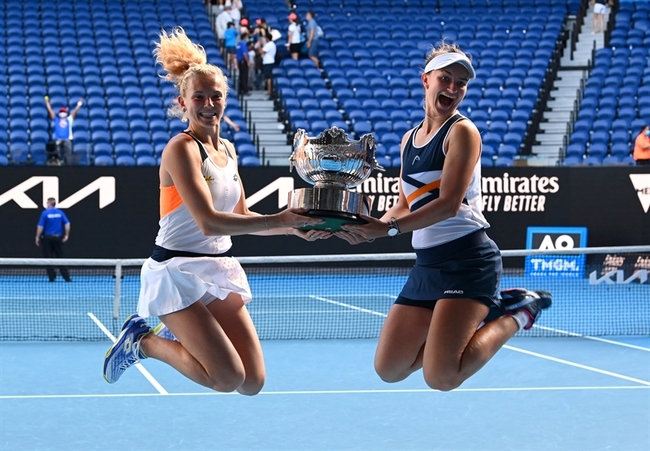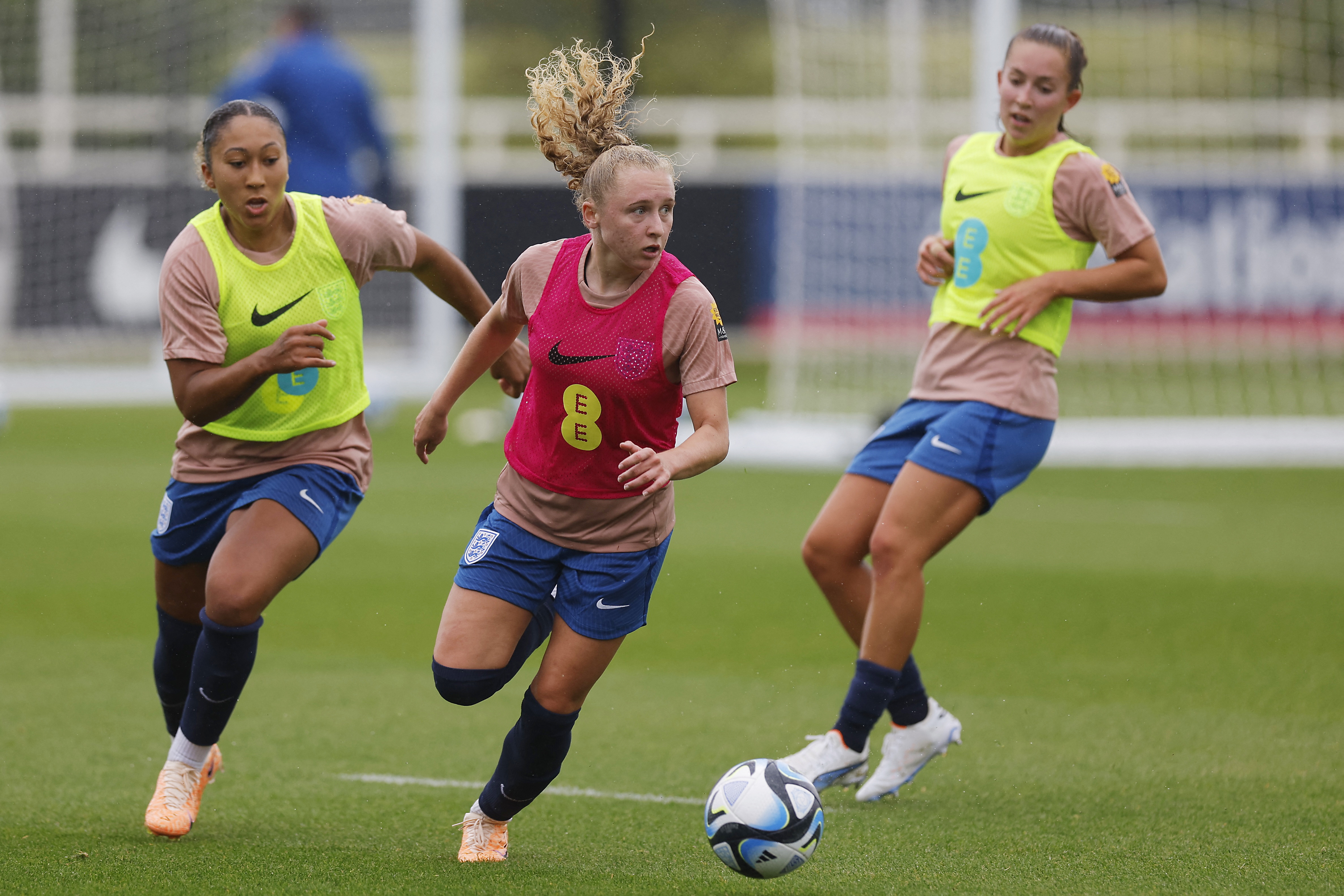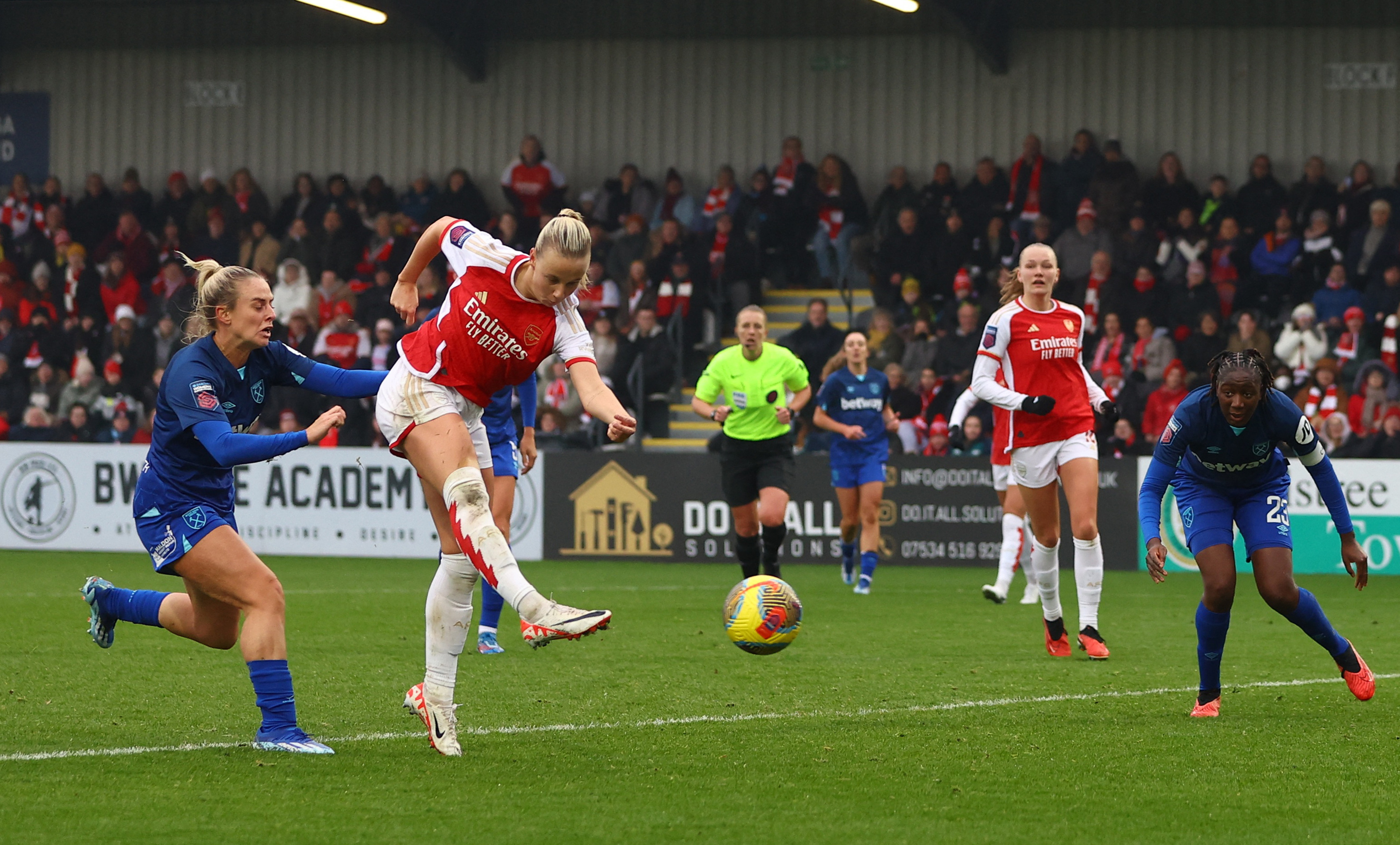You are viewing 1 of your 1 free articles
Breaking free: the role of gender in sports injury

Women and men suffer the same types of sports injuries. However, they experience them differently. For instance, women have higher rates of anterior cruciate ligament (ACL) injuries(1). They also have a significantly greater chance of reinjury after an ACL repair (ACLR)(1). While great strides have been made in decreasing the rates of ACL injury in men, the number of women with this injury continues to increase. Researchers in Canada and the UK sought to understand this startling fact and found biology isn’t likely to blame.
They suggest that the reasons behind the injury rates go much deeper and start with the basic understanding of societal and cultural implications of participation in sport. Because most sports are segregated, the assumption has always been that women can’t perform as long or as hard as men. For example, the rules for tennis, hockey, and lacrosse are different for men and women to give women less playing time and decrease the physicality of the game. In recent years, progress has been made in equalizing the playing field. For instance, the 2020 summer Olympics (held in 2021) will finally introduce the women’s 1500m freestyle, a distance event long held for the men.
However, the assumption that women are frail because of their biology has shaped the decisions made on behalf of female athletes despite the attempt at sports equalization in the United States with Title IX. Inequality still exists in foundational and pre-sports training, which may impact the ability of women to perform sport-specific maneuvers that result in ACL tears. If given the same training schedule as boys, would girls be equally resistant to injury?
This is one of the many questions that researchers have yet to explore. To do so would require greater inclusion of women as subjects in sports research. When women are included, clinicians gain valuable information, such as the need to add cervical strengthening to the training regimen of female field hockey players as a way to decrease concussion rates. Acknowledging that female athletes have the same potential despite their different biology requires sport-injury professionals to explore their own biases and attitudes on training them.
To do our part, Sports Injury Bulletin will publish the first female-focused issue in May of 2021. This issue explores topics designed to help you treat female athletes more effectively, such as hypotonicity, the relationship between the pelvic floor and weightlifting, and how NMES can help bridge the gender gap in ACL rehab. This is also our first issue to feature an all-female lineup of contributors. As the Canadian and UK researchers suggest, effective change comes by steering societal and cultural norms rather than focusing on the behaviors of individual athletes(1).
References
- Br J Sports Med. 2021;0:1-8. Doi:10.1136/bjsports-2020-103173
Newsletter Sign Up
Subscriber Testimonials
Dr. Alexandra Fandetti-Robin, Back & Body Chiropractic
Elspeth Cowell MSCh DpodM SRCh HCPC reg
William Hunter, Nuffield Health
Newsletter Sign Up
Coaches Testimonials
Dr. Alexandra Fandetti-Robin, Back & Body Chiropractic
Elspeth Cowell MSCh DpodM SRCh HCPC reg
William Hunter, Nuffield Health
Be at the leading edge of sports injury management
Our international team of qualified experts (see above) spend hours poring over scores of technical journals and medical papers that even the most interested professionals don't have time to read.
For 17 years, we've helped hard-working physiotherapists and sports professionals like you, overwhelmed by the vast amount of new research, bring science to their treatment. Sports Injury Bulletin is the ideal resource for practitioners too busy to cull through all the monthly journals to find meaningful and applicable studies.
*includes 3 coaching manuals
Get Inspired
All the latest techniques and approaches
Sports Injury Bulletin brings together a worldwide panel of experts – including physiotherapists, doctors, researchers and sports scientists. Together we deliver everything you need to help your clients avoid – or recover as quickly as possible from – injuries.
We strip away the scientific jargon and deliver you easy-to-follow training exercises, nutrition tips, psychological strategies and recovery programmes and exercises in plain English.



